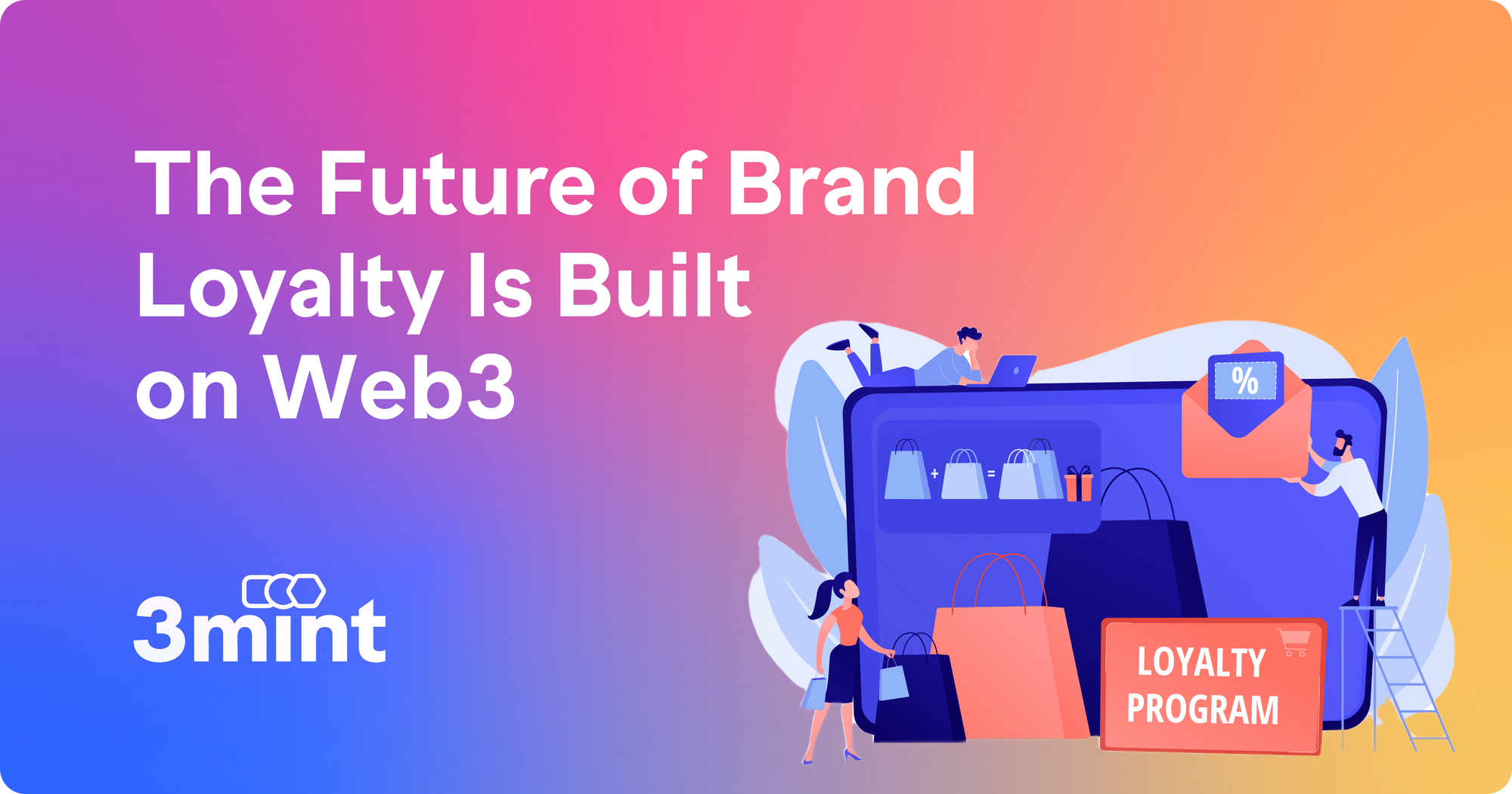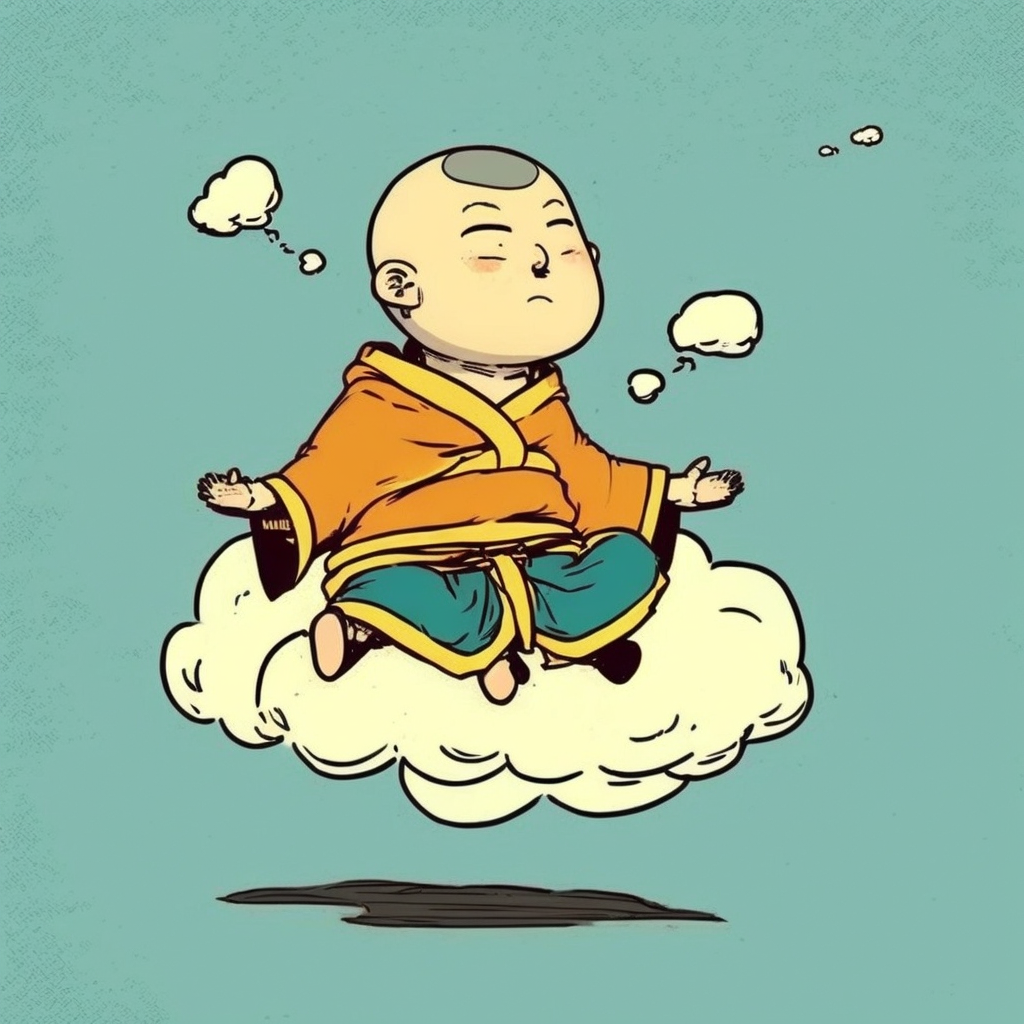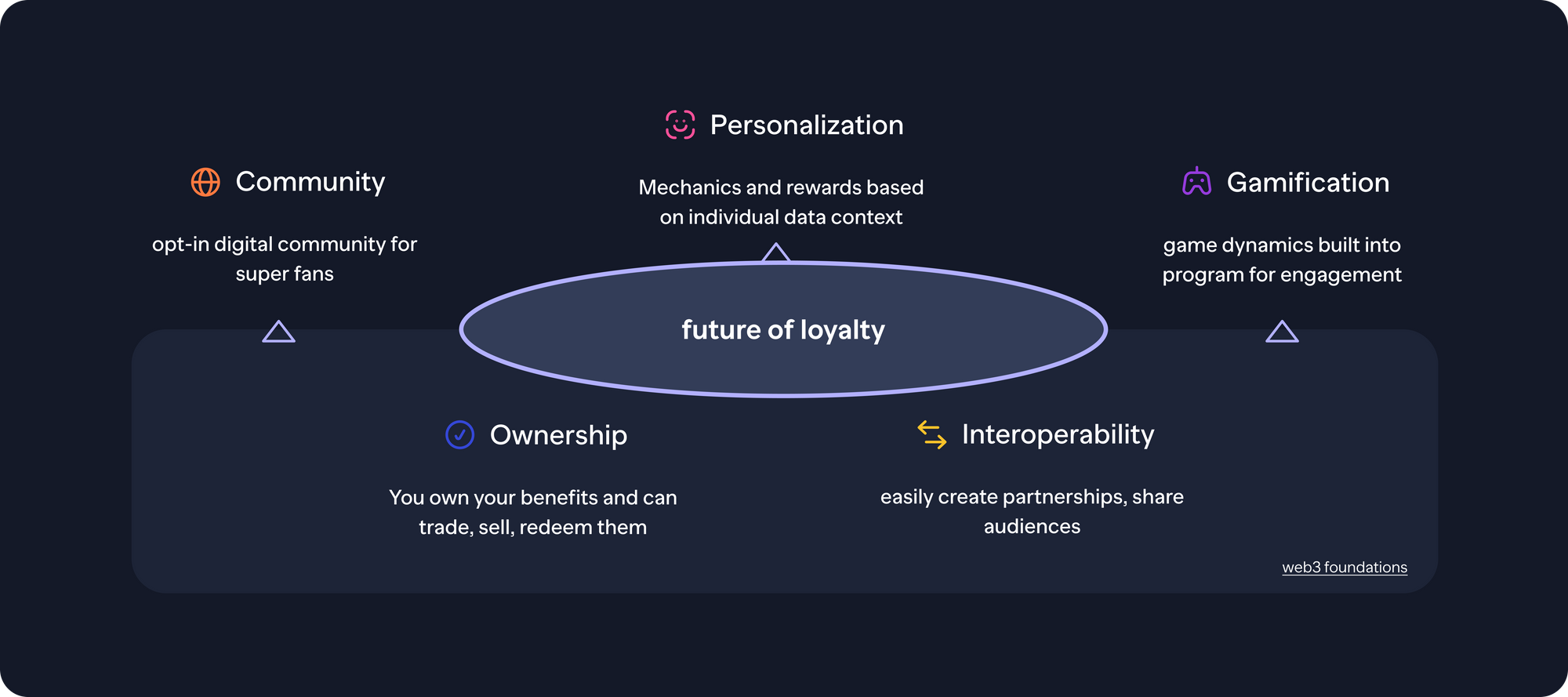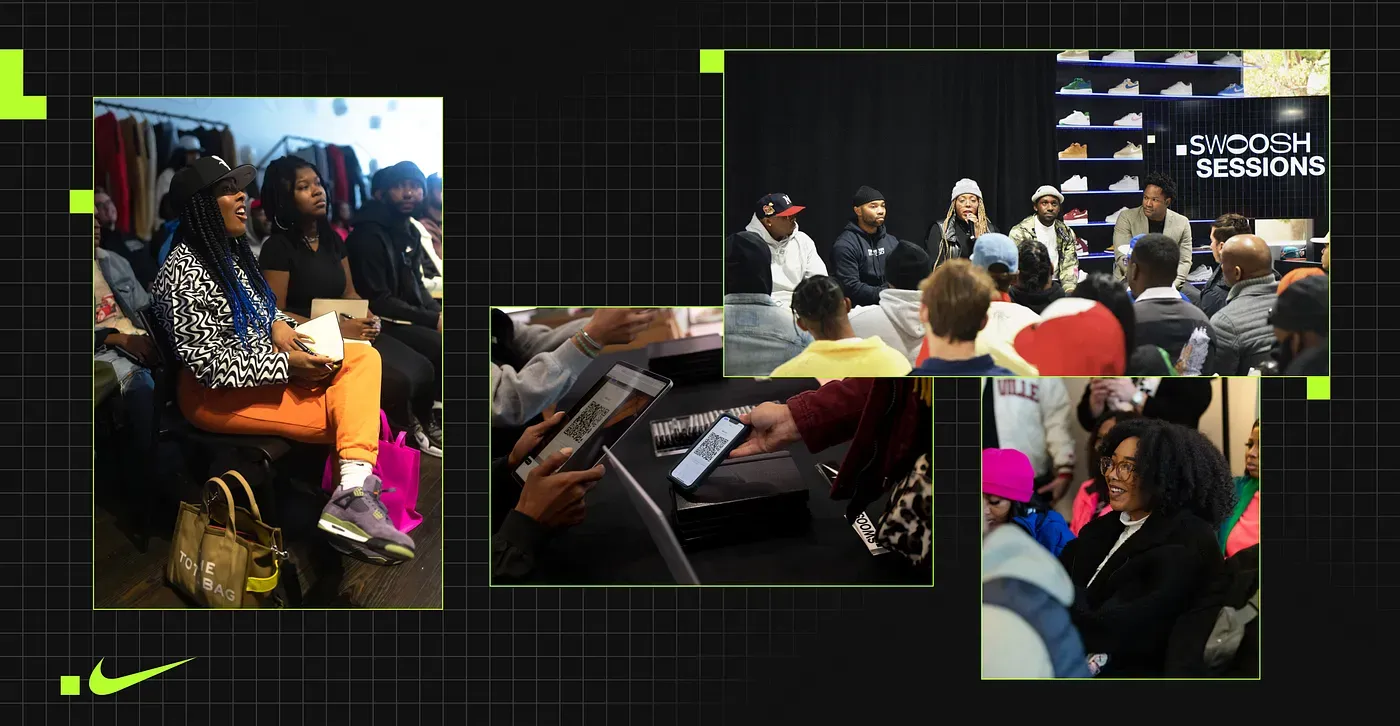The Future of Brand Loyalty is Built on Web3
Loyalty programs today are boring, and loyalty as a whole is on the decline. Yet, with changes in targeting and acquisition, loyalty has never been as important as it is today.

Loyalty programs are boring.
No really, the typical loyalty program today feels stale, unimaginative, and unengaging. It’s always the same formula, always the same rewards. And loyalty as a whole is on the decline. Yet, with distribution fundamentally changing and acquisition costs increasing relentlessly, loyalty has never been as important as it is today.
How do we build the future of loyalty? From the ground up.
Many loyalty programs, very little engagement. According to BCG, US consumers had about 16 loyalty programs on average in 2022, yet the active engagement across these programs is stagnant at below 50%—a steady decline over the last 10 years. Sound familiar?
Acquiring and retaining customers is more expensive than ever. The nature of online distribution has changed dramatically over the past few years. With Apple’s 2021 changes to iOS privacy policies, and with Google set to phase out support for third party cookies in 2024, it is becoming increasingly difficult for brands to track users and gain insight into their preferences. How can you effectively acquire users if you don’t know what they like? The impact is already being felt, with CACs increasing by 222% over the last 8 years (41% in just the last year), and CPMs rising over 60% across Meta and Google’s programmatic ad platforms.
Moreover, with consumers having more choice than ever before, they are harder to retain: according to McKinsey, 77% of US consumers have tried new shopping behaviors since 2020, including new channels, stores, and brands. Competition is burning hot, which makes providing retention incentives to customers a requirement.
The upshot: loyalty is dying, but it’s more important than ever.
What’s Wrong with Loyalty Today?
Let’s start with today’s loyalty experience from the consumer perspective.
Lack of Personalization
83% of consumers expect personalized content and experiences from their favorite brands, yet today most loyalty programs are virtually the same for every customer. The programs are constructed from cookie cutter molds, with identical earning dynamics and very similar rewards. Aren’t you tired of coupons, discounts, and points that add up to just another coffee?
This state of affairs isn’t only the result of a lack of imagination. More critically, brands have no context. Put differently, they have less and less visibility into the history of a user’s spending habits, brand preferences, product preferences, or simply what they “like”. Without these insights into what makes users tick, it’s nearly impossible to construct engaging, meaningful experiences for the consumer.
UX Friction
Loyalty programs are not just stale, they are a pain to participate in. That starts with the very first point of interaction, when a user joins a given program. The onboarding process typically involves friction around creating an account and sharing more personal data than necessary (particularly in light of the sub-par benefits consumers have been conditioned to expect). Once onboarded, a user inevitably faces the challenge of keeping track of all their benefits across myriad disparate loyalty platforms and channels.
Fragmented loyalty experience
Not only do you find yourself signing up for different loyalty programs every time you shop at a new brand or retailer, but the vast majority of these programs lack any kind of connection. They operate as distinct siloes and deliberately prevent you from transferring your rewards outside the closed ecosystems brands have created. Your status as a loyal customer of a particular brand exists as a row in a database controlled by that company, with no easy ability to share that information with other parties.
So we know why the loyalty experience is painful for consumers. But brands and other consumer companies also face challenges—it’s not easy to build a great loyalty program.
Driving value for the long tail
Creating a strong loyalty program that consistently keeps customers coming back can be expensive, especially when there is always going to be a long tail of low activity users—particularly in domains like travel and luxury goods, where purchase frequency is lower for most people. The key for brands is to find low-marginal cost rewards that customers ascribe a high perceived value to.
Complexity scaling partnerships
Many brands, particularly small and medium businesses, see immense value in partnering with other (typically larger or complementary) brands to expand their loyalty network and provide a more compelling experience to their customers. However, there is tremendous integration and operational complexity in creating partnerships at scale, particularly when relationships evolve from 1:1 to many-to-many. In addition to the technical integration work, there is cross-program overhead involved from an accounting, legal and regulatory, and marketing perspective.
The outcome is that from the consumer perspective, engagement in loyalty programs is declining, while ⅔ of loyalty programs are eroding value for brands.
Loyalty is dying.
Interlude: a Meditation on What Matters

So far, it’s not looking good. I promise you though, the future is bright and exciting.
Before we get there, though, let’s not forget what loyalty is all about in the first place. Why are you even reading this blog post, right? Many companies we talk to like to rush to the question: “what’s in it for us?” The answer is that they’re asking the wrong question.
Loyalty is about the customer. What makes a great loyalty program for you as a brand is what provides the most compelling and smooth user experience for your customer. And customers are willing—no, dying—to try something new. The brands that are willing to innovate and really invest in creating the best possible experience for their customers are the ones that will succeed in the long run and set themselves up for the next generation of loyalty relationships.
Ok, so what is this future you speak of?
The Future of Loyalty
The future of loyalty is defined by five core properties. At a macro level, these properties are a reflection of changing consumer preferences, regulatory changes, and changing business models that are reshaping digital marketing and advertising. This overarching trend is making brand loyalty more “opt-in,” putting the onus of responsibility on brands to create more engaging and interactive programs.

Personalization
There is no one-size-fits-all for loyalty. We as individuals value different types of rewards, and are compelled by different incentivization dynamics. The challenge for brands is how to craft programs that identify and respond to these differences. The answer lies in user-provided data.
Each user that navigates to a brand’s website or buys a product at a retail store comes with a rich history of data that describes that user’s tastes, preferences, and constraints. That context is critical for brands to develop a compelling loyalty program. They want to know where and how often you shop, what brands you identify with, what matters to you. Only with that data are they equipped to design and improve their loyalty programs dynamically.
But hold on—we’re not advocating for brands to track their users deceptively or without consent (no thank you, surveillance state!). The key is to employ a mix of Web2 and Web3 data retrieval tactics.
- For one, brands can track on-chain user data (transactions that are recorded on the open ledger that is the blockchain) to obtain transactional user insights.
- Second, brands can properly incentivize users to provide “zero party data,” which can range from the basics like name and email, to more interesting information like interests and favorite brands, using interactive data collection methods such as surveys, polls, and quizzes.
Once the data is collected, brands can get more granular about what to reward and how to reward. Not every customer is the same; some will be eager to take a more participatory role, like co-creation or input into a particular product or even taking on an ambassador role; on the other end of the spectrum, some customers might elect cash back and that’s it. The point is that brands need to build a system that allows them to react dynamically and granularly to user demand.
Gamification
The time has come to break the mold of boring program design. Enough with the simplistic point-based rewards—it’s time to have fun! Incorporating game design dynamics into your loyalty program has been shown to increase engagement and appeal to younger customers. What Starbucks has done with their Odyssey program provides some guidance: users can choose their avatar, complete educational quests, play mini-games, and trade their assets within the app.
Other examples of gamification:
- Levels or tiers: have different tiers of membership or allow users to level up by completing quests. Display progress trackers for users to visualize their progress.
- Achievement badges: reward customers for completing certain actions, like completing quests, referring friends, visiting a certain number of stores, etc. The key is to make your customers feel special by recognizing them.
- Leaderboards: make users’ progress or badges public and rank users on a leaderboard to drive competitive behavior.
- Sharing to social media: allow users to share their achievements to social media to increase visibility and generate growth loops.
A core idea here is that it can be a lot less expensive for brands to provide engaging experiences through gamified mechanics rather than costly rewards.
Community

Community is one of the few tools in the marketing toolkit that is both engine and fuel for distribution. In fact, your brand is your community. And there’s no better way to supercharge your loyalty program than to tightly integrate it with your community.
By creating a strong community, your most loyal customers will become your best advocates and ambassadors. You can further tier your loyalty program by offering exclusive perks and events to members of the community, or gamify access to it by unlocking community access based on earning specific achievement badges.
Critically, as targeting becomes increasingly difficult through “traditional” methods like programmatic ad marketing, brands will have to spend more time and effort creating a community that naturally attracts users—in other words, a community that consumers want to opt into.
Ownership
Opting in is a big theme in Web3 and absolutely critical to loyalty going forward. It’s also synonymous with ownership.
In a recent podcast with Patrick O’Shaughnessy, Jeff Green of the Trade Desk says, "the best way to get loyalty from your customers is to closely align your interests with theirs." It’s a simple but very powerful concept. Unsurprisingly, that's why we think Web3 wins in the long run. Web3 is about giving brands the opportunity to align themselves with their customers, by default.
And what better way to align incentives than through ownership? We wrote previously:
By aligning incentives between brand and community member, you are redefining the relationship between brand and consumer, encouraging cooperation toward a common goal and a more participatory consumer experience—one where the customer is more active, vocal, and engaged in the direction and outcomes of the brand. That may manifest in contributing to a product roadmap or a new set of flavors or colors; shaping the company vision and values; or being invited to online and offline events that are exclusive to the community members. Make your community feel valued as a stakeholder, and they will repay you in spades. In this new paradigm, the customer wins when the brand wins.
What ownership means for loyalty programs more generally is that customers should be able to collect and own their benefits. That means transporting them off platform, trading them (perhaps not all, but a subset), and redeeming them elsewhere.
Interoperability
Finally, this brings us to interoperability, or the ability for loyalty programs to interoperate and work together. This is the single most significant shift that Web3 enables: true data interoperability between brands and other stakeholders. Brands now have the opportunity to turn siloed communities and loyalty programs into ecosystems of loyalty where complementary brands and creators collaborate and enhance each other, leading to a better experience for the end user.
In other words, embracing multiplayer loyalty means embracing new creators and complementary brands with their own engaged audiences, leading to an expansion of a brand’s total addressable market.
The future of engagement and loyalty is multiplayer, and it’s based on Web3.
Why Web3
Another question we get very often: “this looks great, but can’t we just do this with, you know, Web2?”
Look, we’re not here to tell you Web3 alone is going to solve engagement for you. And for that matter, you absolutely can and should invest in personalization, gamification, and community without Web3.
That said, Web3 not only makes ownership and interoperability singularly possible (these properties would not be possible without Web3), it also enhances and amplifies the other properties.
Let’s start with the impact of ownership and interoperability, which are deeply linked and fundamental properties of Web3, on loyalty programs. It’s only when the consumer owns the benefits of a loyalty program themselves that they can actually have a unified experience across all their loyalty programs. Think about that. As soon as a brand comes in and tries to lock in the user into their own walled garden, that unified experience breaks—and the user experience suffers. Web3 is ownership is interoperability.
These properties have ripple effects. For example, with brands facing a cookie-less future, digital collectibles can help incentivize users to share zero party data for enhanced context and personalization. Similarly, gamification dynamics are massively amplified when you own the outcomes of your actions; and of course, ownership is the key to align incentives in a community.
Conclusion
The way brands interact with consumers is going through a paradigm shift, accelerated by changes in technology, business models, and regulations. Brands need to keep up—and they can do so by creating loyalty programs that are built on personalization, gamification, community, ownership, and interoperability.
Now, the beauty of using tools like 3mint is that you don’t have to upend and replace your whole loyalty program if you’ve already got a good thing going. Just as brands like Starbucks and Nike have done, it’s ok to start experimenting in parallel to your existing program, or simply consider extending your program with digital collectibles. It’ll be fun, we promise.
If you find this intriguing, get in touch with us.
About 3mint
3mint is the all-in-one Web3 customer engagement platform for brands, with a toolkit of enterprise-grade APIs and SDKs that enable brands to build any Web3 product or experience at scale—without any of the complexity associated with blockchains. Get in touch with us here.

